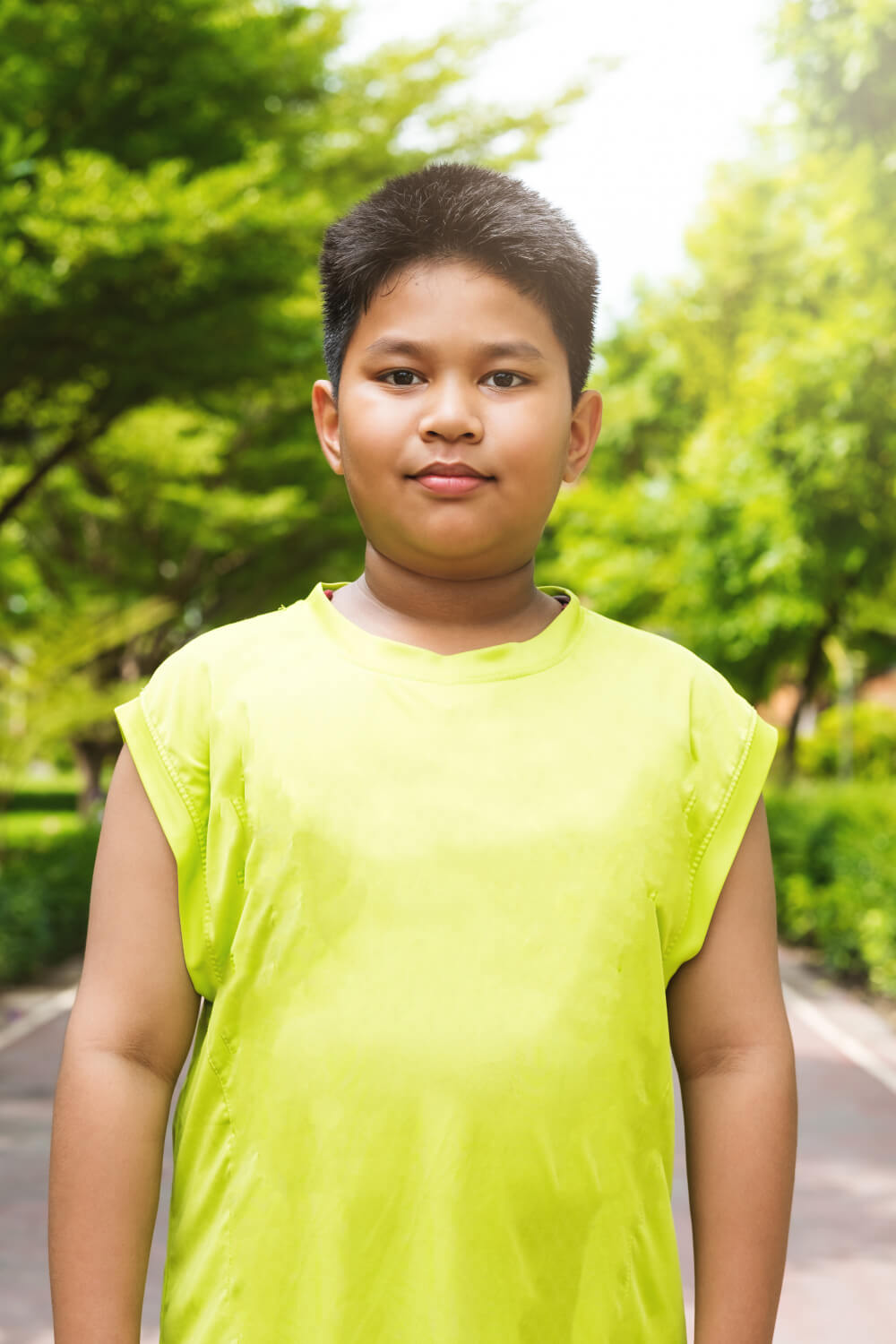Developed by Dr. Andrew McDonnell and embraced by educators like Gareth D. Morewood, this method offers a trauma-informed, non-confrontational framework for supporting individuals experiencing distress or dysregulation. Originally applied in crisis and residential care contexts, it has expanded into schools and inclusive education settings due to its consistent emphasis on emotional safety, regulation, and dignity. At its heart, low arousal is about reducing demands, sensory load, and power struggles—not through withdrawal or disinterest, but through gentle presence, compassionate observation, and responsive adaptation.
Benefits
The Low Arousal Approach provides educators and support staff with actionable strategies for preventing escalation and reducing harm. It centres the nervous system and acknowledges that distressed behaviour reflects threat perception rather than defiance. Key practices include slowing speech, softening body language, reducing verbal prompting, offering choices without pressure, and de-escalating through relational attunement. This approach is especially effective for students with PDA profiles, sensory sensitivities, trauma histories, or hypervigilant regulation needs. When implemented well, it builds trust, preserves connection, and dramatically decreases the use of restraint, isolation, and exclusion. It also supports staff to self-regulate, reflect, and respond without emotional reactivity.
Limitations
Low arousal loses its integrity when framed as a technique rather than a philosophy. In some settings, staff claim to use a low arousal approach while continuing to issue covert demands, apply behaviourist logic, or maintain rigid expectations. It can be misused as a workaround—a way to keep the child in the room without genuinely supporting their autonomy or needs. Because low arousal prioritises de-escalation, it may also be misinterpreted as passive or disengaged unless accompanied by intentional planning, environmental adjustments, and relational repair. Without leadership support and embedded team culture, the approach risks becoming a buzzword, rather than a shift in ethos. It also requires deep unlearning: staff must examine their own responses, reactivity, and internalised beliefs about control, defiance, and authority.
There is also a quieter, more insidious risk—one that emerges when the desire to avoid dysregulation turns into avoidance of engagement. In some classrooms, low arousal becomes synonymous with low expectations, where staff gently sidestep every point of tension but fail to offer meaningful interaction, stimulation, or growth. Children may be “left alone” in a way that feels like absence, rather than respect. While safety is always the first priority, a child who is consistently met with blankness, silence, or passive supervision may begin to flounder, losing access to co-regulation, scaffolding, and the relational spark that fuels learning. A justice-aligned version of low arousal must distinguish clearly between non-coercion and non-responsiveness.
Best fit for
The Low Arousal Approach thrives in environments committed to emotional safety, team reflection, and rights-based practice. It is ideal for schools serving neurodivergent students who experience frequent overwhelm, trauma triggers, or demand avoidance. It supports students who mask, students who resist, and students who express their needs through what others label as challenging behaviour. The approach works best when teams are stable, open to coaching, and resourced with time to reflect, adapt, and decompress. It also offers powerful guidance for families navigating extreme dysregulation, especially when traditional parenting or behavioural approaches have failed.
Disability justice alignment
The Low Arousal Approach aligns with disability justice when implemented with relational integrity and consent at its core. It resists coercion and control. It recognises that behaviour is communication. And it challenges the dominance of behaviourist approaches that punish, pathologise, or extinguish neurodivergent ways of being. Instead of trying to make children more compliant, it asks adults to become more attuned, more flexible, and more capable of creating safety. In a disability justice frame, low arousal becomes an act of refusal—refusal to pathologise distress, refusal to escalate harm, refusal to demand performance as proof of worth. It honours silence, accommodates slowness, and treats overwhelm as a call for care.
It also demands adult humility. To support children through low arousal practice is to acknowledge that our own dysregulation may cause harm. That our tone, pace, posture, or presence can feel unsafe. That our insistence on doing something “for their own good” might reproduce trauma. Disability justice asks us to pause, to soften, and to let the child lead—especially when every cell in our body wants to intervene. Low arousal offers a pathway, not to control, but to co-regulation, reciprocity, and trust.
Learn more
- Andrew McDonnell, The Low Arousal Approach: A Framework for Supporting Autistic and Other Neurodivergent People
- Studio III: https://www.studio3.org
- Gareth D. Morewood: https://garethdmorewood.com
- McDonnell, A., & Deveau, R. (2018). The Low Arousal Approach and Autism: A Guide for Practitioners
- Jessica Matthews, “A Little Off the Beaten Path: Supporting Children with PDA” (PDA North America webinar)
- Fricker, E. (2022). Can’t Not Won’t: A Story about a Child Who Couldn’t Go to School











